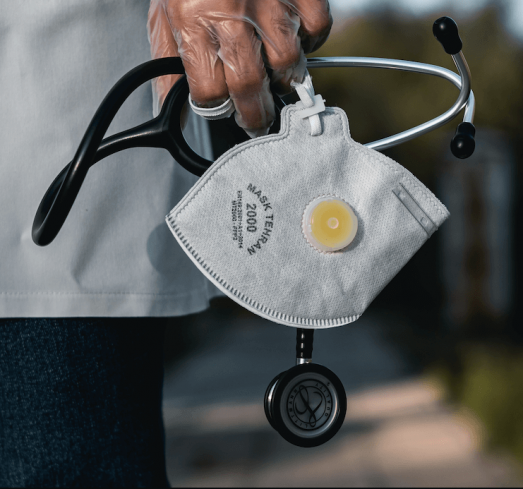
The second surge – how the COVID-19 pandemic is exacerbating America’s behavioral health crisis.
Vic Siclovan, Director, and Hanna Helms, Manager, Medicaid Challenges, AVIA
Insights
Sarah Carroll, Director, Center for Care Transformation, AVIA

COVID-19 exposed massive faultlines in our nation’s public health infrastructure. Truth be told, my profession has been on life support for a while now. Since I entered the field in 1997, public health budgets have shrunk and we’ve lost over 60,000 jobs. While the United States spends a hefty $3.6 trillion annually on health, less than 3 percent of that spending is currently dedicated to public health and the art and science of prevention.
It’s no wonder that healthcare teams feel like they’re moving from one crisis to another. Name the health risk, and I can almost guarantee that our rates are getting worse: preventable deaths from pregnancy and opioids; more Americans with untreated chronic conditions such as mental illness, obesity, and diabetes; wider disparities by race and socioeconomic status. The cost of kicking the can down the road is felt in lost lives and economic pain.
I have witnessed tremendous efforts by leading health systems in the AVIA Network to step up to these challenges. Here’s a snapshot of three things they’re doing, why they’re doing them, and what you can do to join us.
Like public health, health systems will never get paid more for the work they are doing today. Like public health, health systems must transform their care delivery models and financing to provide more virtual, more personalized, and more continuous care to their communities with the same or fewer human capital costs.
AVIA’s Center for Care Transformation can help. We are a knowledge institute that researches effective models of care, deeply understands the solution landscape, and can recommend and guide digital execution to have a tangible impact on the total cost of care. Contact us at contact@avia.health to learn more and join our Network.